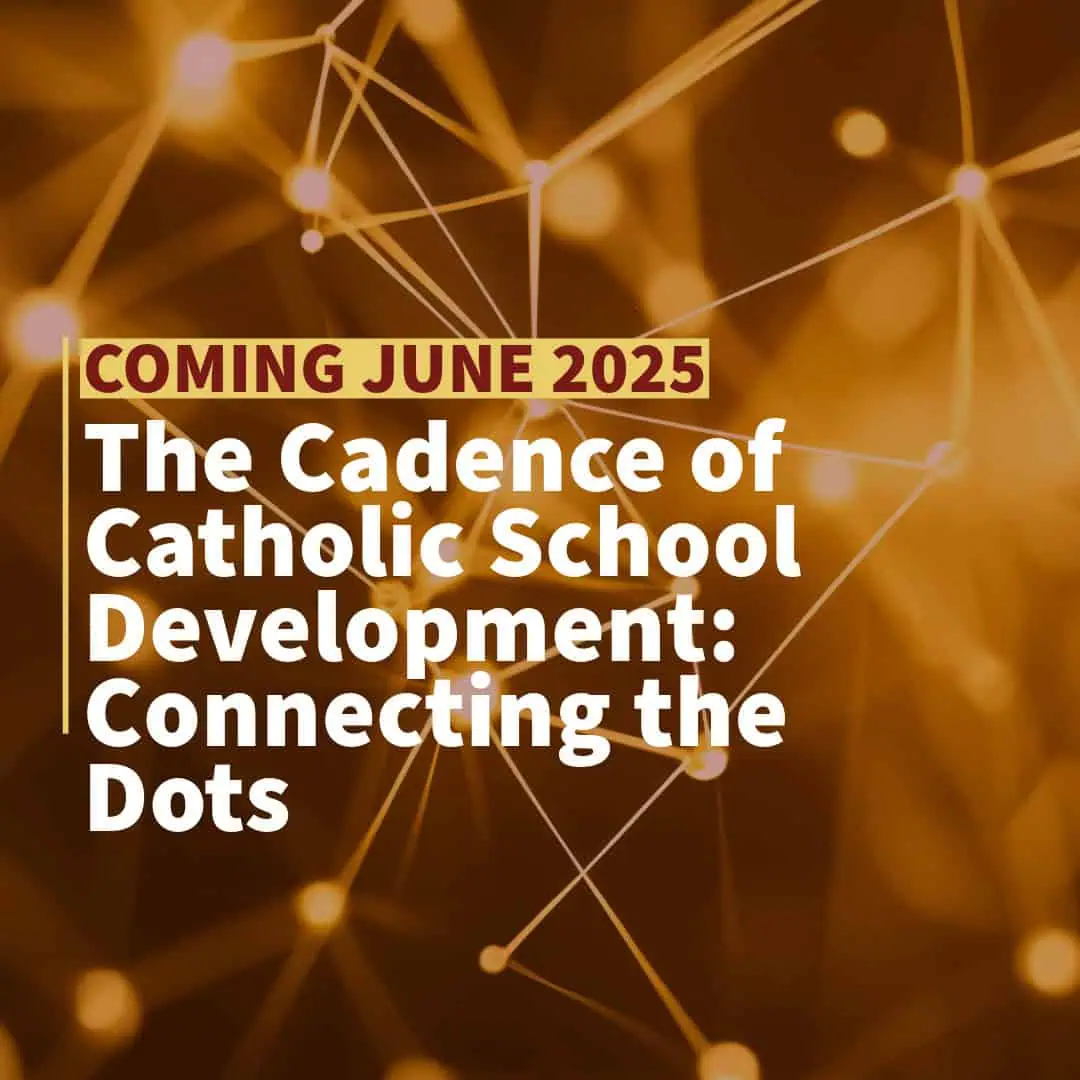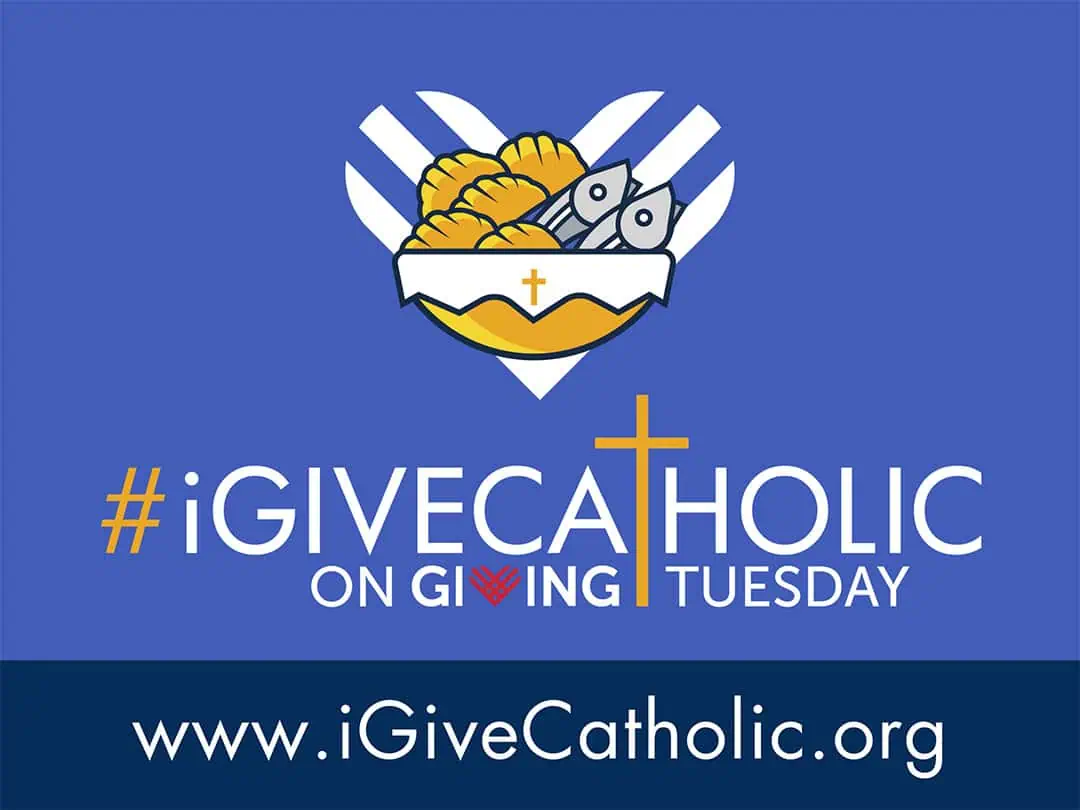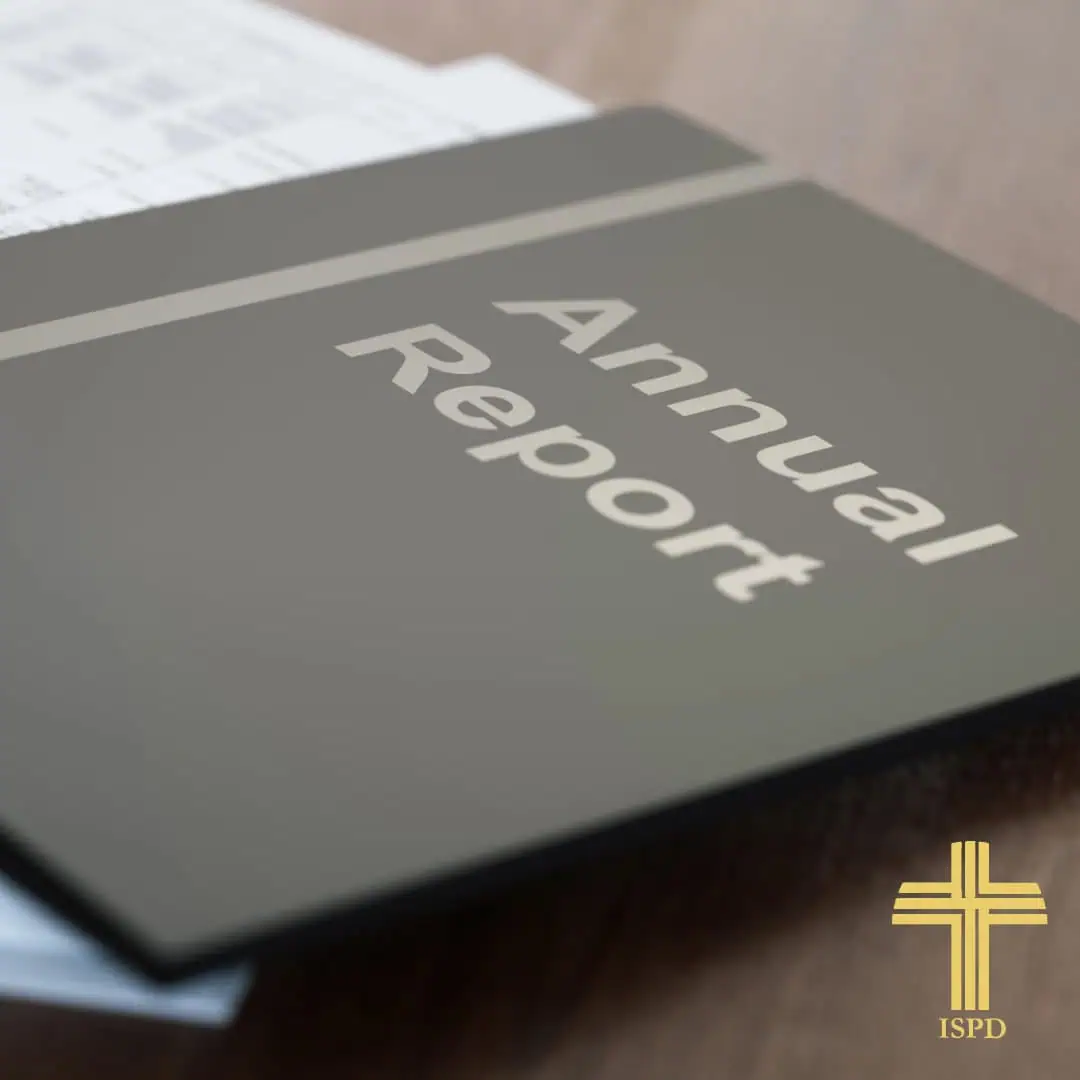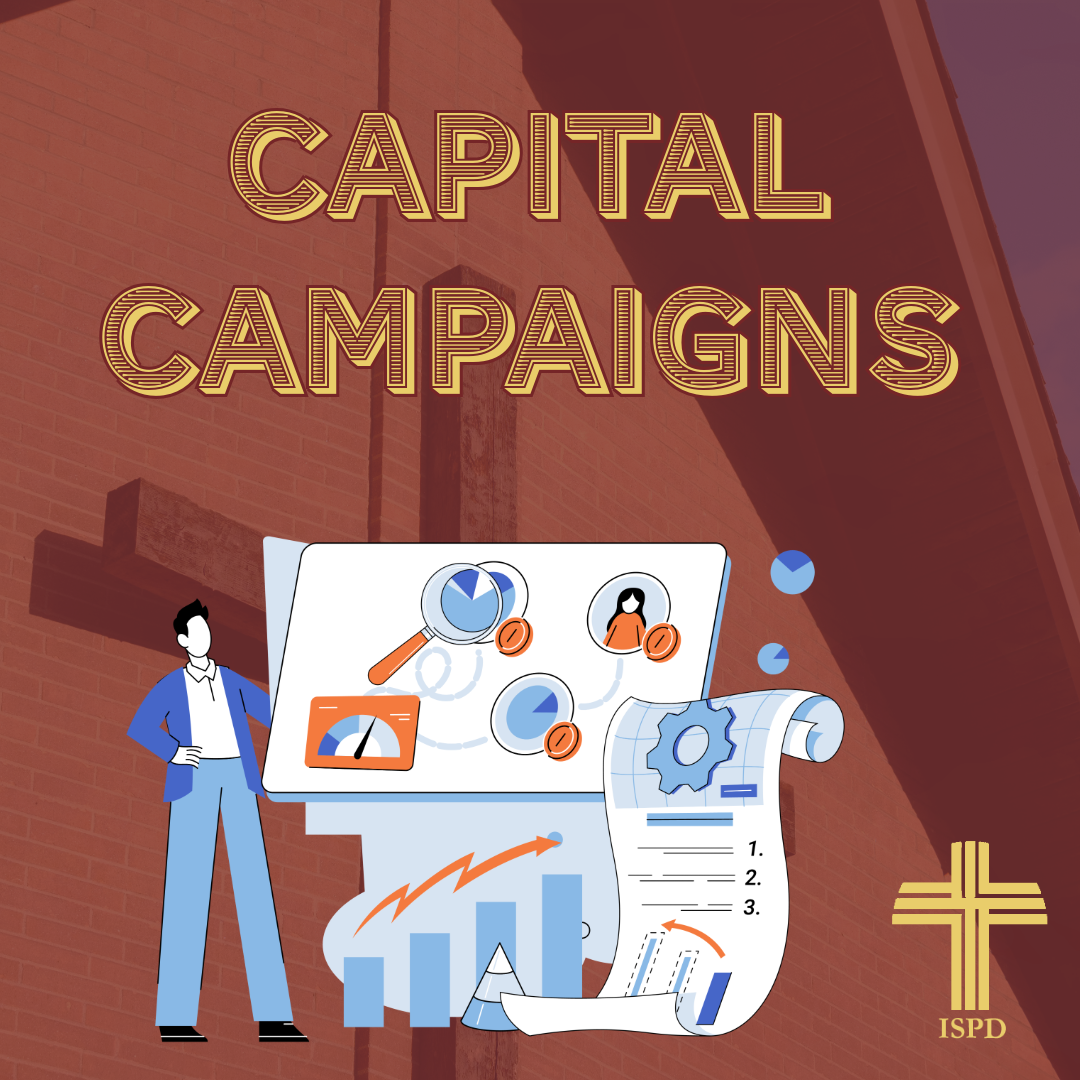ISPD Newsletter: April 2025
NEW NCEA PUBLICATION DUE OUT IN JUNE 2025
In June 2025, NCEA will release a new publication on Catholic school development/advancement. It will be available from NCEA Publications. To set the stage for its release, below is an excerpt from the Introduction. Hopefully, The Cadence of Catholic School Development will provide a roadmap for those who need a clear direction on how development/advancement should unfold while also providing a guide for those Catholic schools who may have taken some detours.
Excerpt from The Cadence of Catholic School Development: Connecting the Dots
As stated in the Preface, this is a book about process, procedure and logical order; the word we are using is cadence. Before we dive into the many steps of Catholic school development/advancement, there are some thoughts I would like to share that should bring greater clarity to what is being presented.
This is the sixth publication that I have written for NCEA. In order, beginning in the 1990’s, here are the titles:
- Catholic School Publications: Unifying the Image
- 25 Lessons Learned in 25+ Years of Catholic School Development: Textbook
- 25 Lessons Learned in 25+ Years of Catholic School Development: Workbook
- 15 More Lessons Learned
- Adapting to Change: Successful Catholic School Development in a Virtual, Person-to Person or Hybrid World
- The Cadence of Catholic School Development: Connecting the Dots
June 2024 marked the 35th anniversary of the company I founded back in 1989 – the Institute for School and Parish Development (ISPD). We have seen some remarkable changes in this ministry. When I first began, the use of e-mails, websites and digital communication were just coming into play for Catholic schools. Texting and social media had not come on the scene yet. Enrollment management was called student recruitment; most everyone thought that development was about raising money; there was no such thing as an advancement director; everyone was called a development director. The headline on NCEA Notes in 1990 was: “Development the Key to Catholic Schools’ Future.” Books, webinars, and workshops taught a three-step process: Identify – Cultivate – Solicit. Fiber optics were the talk of every new Catholic school construction project; Catholic School Management, CCS, Ruotolo and Associates, Meitler and Associates, and Gonser, Gerber, Tinker, Stuhr were the main consulting companies that people hired; Sister Mary Burke and Sister Kathleen Collins were the pioneers of Catholic school development with NCEA, with Michael Guerra serving as president and doing a remarkable job of creating new vision for Catholic schools.
A lot has changed since those early days and yet many of the foundational principles have stayed the same. Thirty-five years later, I realize that what we talked about and taught “back in the day” are more important than ever before. I read a social media post the other day from a Catholic school leader who talked about the importance of engaging people and building relationships before “asking” for a financial gift, or as she said, “Going after the ask.” First of all, I have never liked the word “ask.” I believe it is too one-dimensional. I would much rather be “invited to consider a gift” as opposed to being “asked” for a gift. An “invitation” is more appealing, more gracious, more welcoming. The post was positioned to indicate this was a brand-new approach to donor relationships. When I read that, it continued to reinforce the fact that in this world of Catholic school development/advancement our leaders (bishops, pastors, superintendents, principals, boards and NCEA) must address two areas of weakness.
- Our leaders need to develop a common language for development/advancement that everyone understands and can share. So many people believe that development/advancement is all about money. Because of that, we hear language like, “Hit ‘em up” or “Tap him for a gift” or “They can cut us a check” or “We need to make the ‘ask’.” I always cringe when I hear those words because in my world, Catholic schools that are thriving and prevailing understand one sentence: We need to invite people to belong before we invite people to invest.
- Our leaders need to offer proper education in this ministry. Here at ISPD we offer numerous opportunities, but on the national and (arch)diocesan levels, educational opportunities are meager. Just look at national, regional and (arch)diocesan conventions and conferences. There is small “smattering” of Operational Vitality topics. We need to do better than that.
The Cadence of Catholic School Development can be seen as a sequel to both the 25 Lessons Learned and 15 More Lessons Learned publications from NCEA. Certainly, there are common themes and some overlapping ideas that weave in and out of these books. These are mainly for emphasis (Top 10 Selling Points, Master Plan for Fundraising, the Six Boxes of Development, the Development Core Team and The Ultimate Question). This book is different though; this book suggests an order in which to proceed. It seeks to make sense of this world of Catholic school development and how we can connect the dots. This is not a literal cadence where you have to complete one step to move to the next step. This cadence is organic; it moves from step to step and while you may be working on Step 12 you are still working on Step 8. This is a systemic approach where all steps form an interweaving pattern for a Catholic school development system.
The reader will note that I oftentimes use “development” and “advancement” together, many times separated by a slash (/). There is a reason for that. To me, the words are synonymous. They raise the question of how do we develop and advance our Catholic schools? This book is not just about raising money; it is about processes that allow us to generate the many resources (people, community, financial) that will help our schools prevail and not just survive. So, let’s begin!















